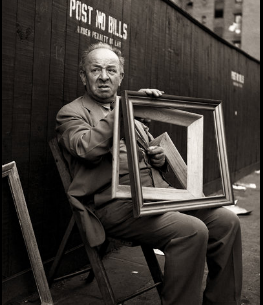 |
| Photo from The Morgan Website |
Some fascinating diaries are now on view at The Morgan Library in NYC. The Morgan calls it The Diary: Three Centuries of Private Lives. Here's their take on it: For centuries, people have turned to diaries to mark time, sort out creative problems, help them through crises, comfort them in solitude or pain, or capture memories for the future. Today, as we find new ways to document our unfolding lives—in blogs, online diaries, and social networks—this exhibition looks back over several centuries to explore the enduring drive to leave a trace of our passing days.
And thanks to the imagination and creativity of The Morgan's web team you can access highlights of the exhibit online. There's an engaging web page with audio guide that sets the stage for each diary on view. And a podcast series with an actor reading selections from each diary. It's quite an experience as you listen to the thoughts and key moments from the lives of writers like Charlotte Bronte, Sir Walter Scott, Walt Whitman or the scourge of the Spanish Main, British pirate Bartholomew Sharpe, among others.
If you go to the Diary Podcast, you'll find a fascinating account of the pirate's exploits, as read by actor Paul Hecht. Sharpe has an eye for details and his words make you feel like you're right there, marching alongside him and his band of cutthroats as they burn and pillage their way to Panama.
I haven't sampled the other diary excerpts yet, but they'll be posted on the Morgan's site throughout the length of the exhibit. And one more thing. My son, Ben directed and produced the audio guide and podcasts for The Morgan. Not only do they help make the diaries more accessible, they give new life to all those words written so long ago.
 |
| From The Morgan Website |
I haven't sampled the other diary excerpts yet, but they'll be posted on the Morgan's site throughout the length of the exhibit. And one more thing. My son, Ben directed and produced the audio guide and podcasts for The Morgan. Not only do they help make the diaries more accessible, they give new life to all those words written so long ago.





























